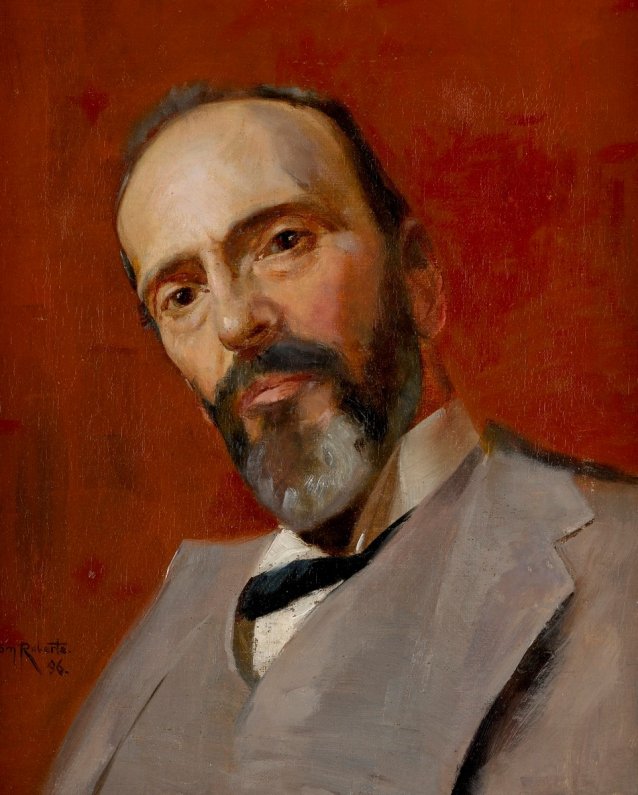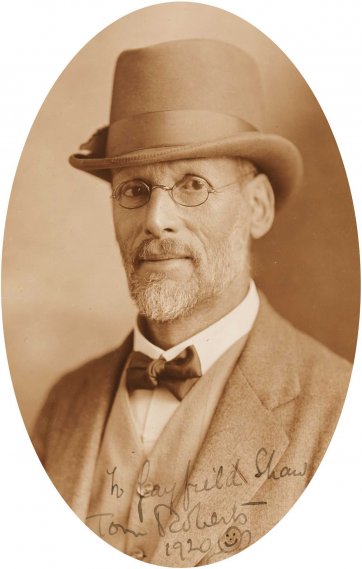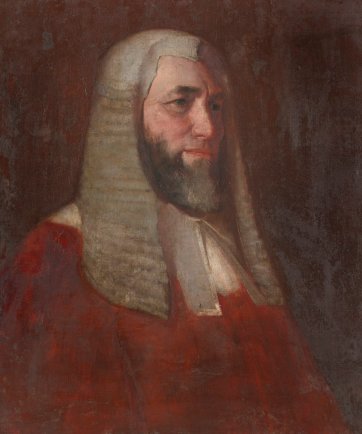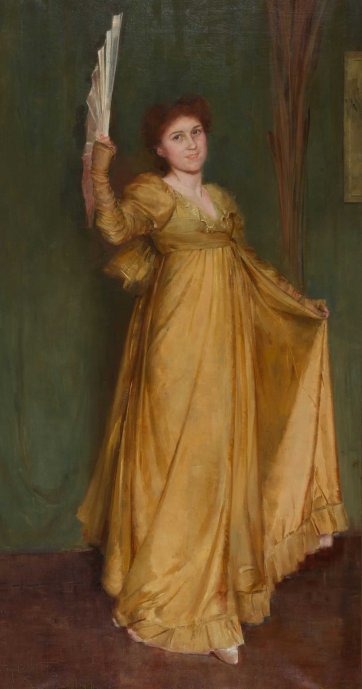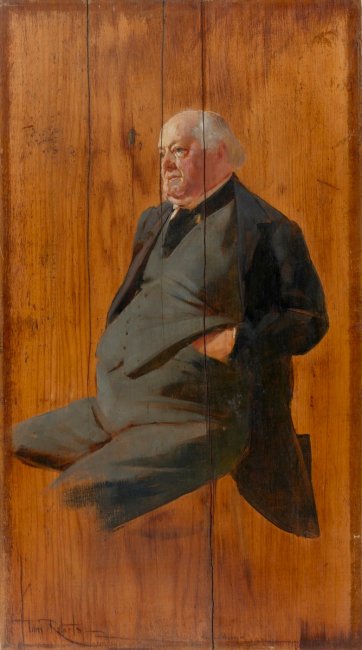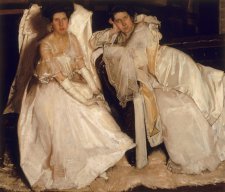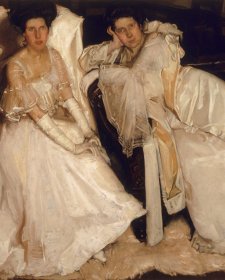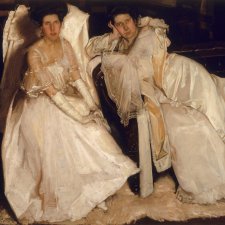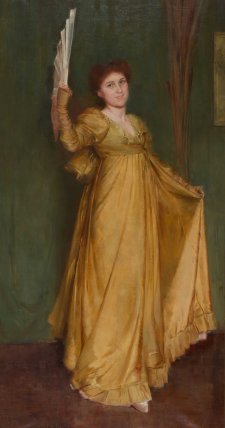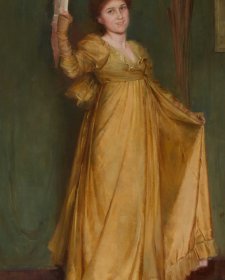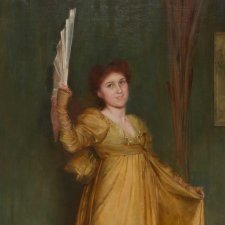Sir Alexander Campbell Onslow (1842–1908), judge, arrived in Western Australia, then under the governorship of William Robinson, to become Attorney-General in 1880. In poor health almost from the day he arrived, he took his seat as chief justice in 1883. By 1884 he had severely antagonised the new governor, Broome. Tensions between them escalated until, in 1887, Broome forbade Onslow to exercise his office. Onslow became a hero to anti-government factions, who burned Broome in effigy. He returned to the bench in May 1888, but more trouble ensued when the proprietors of leading newspapers accused him of open prejudice against them. After various enquiries, the Legislative Council found that Onslow’s occupancy of his position was an impediment to ‘peace and harmony’ in the colony. Onslow took nearly a year’s leave, but he returned to the bench in 1891, welcomed by the reinstated Robinson and a conciliatory West Australian. Retiring sick in 1901, he lived in England for the last years of his life.
Purchased with funds provided by L Gordon Darling AC CMG 2006
The National Portrait Gallery respects the artistic and intellectual property rights of others. Works of art from the collection are reproduced as per the
Australian Copyright Act 1968 (Cth). The use of images of works from the collection may be restricted under the Act. Requests for a reproduction of a work of art can be made through a
Reproduction request. For further information please contact
NPG Copyright.
